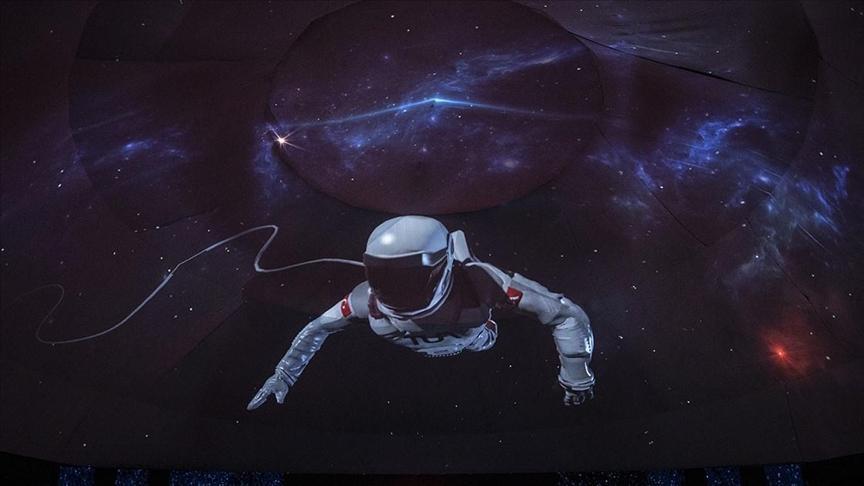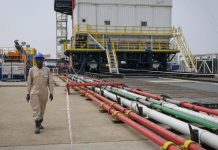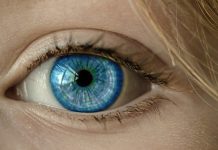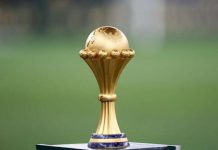
Africa-Press – Mauritius. Almost all human discoveries begin with a spark of curiosity. This curiosity to see “behind the iceberg” takes people to the depths of the sea, to the poles, to the tops of mountains, and beyond the atmosphere.
This curiosity, which developed with the dream of seeing beyond the sky, combined with the desire to explore the depths of space, led to the profession of astronaut.
In the second part of the four-part series, Anadolu discusses with astronauts and instructors the subtleties and difficulties of the profession. Being an astronaut requires years of hard work and a grueling selection process, as well as intensive training.
One of the first conditions for becoming an astronaut is to be successful in swimming, even though it may seem to be unrelated to this profession. In addition, astronauts need to be well-equipped and versatile in various fields, ranging from sports to engineering, basic sciences to information technology.
Astronauts, who train underwater for almost eight hours a day to get used to the zero-gravity environment, need to be able to work under stress in crowded and closed spaces.
Moreover, astronauts are expected to fulfill many different tasks during space missions. In general, the crew in space missions is made up of four people: commander, pilot, aircraft engineer, and mission specialist.
Deal with unexpected situations Ruediger Seine, head of the astronaut training division at the European Space Agency (ESA) in Germany, told Anadolu that the most difficult areas for candidates during training vary depending on the individual.
Seine explained that in addition to physical competence and behavioral science, psychology training is also provided. Astronaut candidates need to learn how to deal with unexpected situations.
For this reason, the stress that astronaut candidates may experience in space is experienced during training with the scenarios created. Seine explained that this process is aimed at improving behavior management and communication skills under stress.
“It’s not really that comfortable on the space station; you can’t choose your food, you can’t slam the door and go for a walk.
So there are all kinds of stress factors on top of the work stress. And in a crew of six or seven to deal with that is not that easy,” Seine said. The training process of astronauts at ESA has three stages. In the first phase, the basic education process in fields such as engineering, science, language, piloting, spacecraft, and systems is implemented.
In the next two phases, astronauts are provided with training on the systems on the International Space Station with partner space agencies prior to their deployment and specialized training for their deployment.
Noting that astronauts, as intelligent and highly motivated people, are in principle very difficult to fail, Seine argued that in the event of any failure, this can be attributed to the teaching method of the instructor, not the astronaut. Speaking different languages
NASA astronaut Edward Michael Fincke, who spent a total of 381 days, 15 hours, and 11 minutes in space, told Anadolu that when he applied to NASA, the International Space Station was just getting started and that he provided communication between astronauts and cosmonauts because he spoke Russian.
In high school, Fincke focused on science and math, while at university he studied aerospace engineering. Fincke, who also attended the Moscow Aviation Institute in the Soviet Union as an exchange student during his studies, test-drove new aircraft in return for a scholarship from the US Air Force at the university.
Fincke, who joined NASA in 1996 and is also a US Air Force Colonel, was officially awarded the title of astronaut after basic training but had to wait for his first mission from 1996 to 2004 due to long waiting lines.
Fincke, who ranks sixth among astronauts in terms of total days spent in space, traveled to Russia during this time and helped build the first modules of the space station.
He has been to space twice with the Russian Soyuz vehicle and once with an American spacecraft, and hopes to go to the International Space Station next year with the new rocket and spacecraft Starliner built by Boeing.
Not enough exercise would cause bone loss Seine said during their time on Earth, astronauts undergo constant medical check-ups and usually do six hours of physical exercise each week.
“And then, on the space station for six months, if you didn’t do anything, you would usually lose bone mass, muscle mass, and your fluid composition would go haywire.
So there are a lot of negative effects, and we counteract them by doing a lot of physical exercise. And on the space station, every astronaut usually exercises for two hours every day,” he added.
Astronaut Fincke, the sixth man to spend the most time in space, said the condition described by instructor Seine is similar to osteoporosis disease seen in elderly people.
He said if they exercise frequently, they return to Earth with little bone loss, and that he experienced some bone loss on his first mission due to the small size of the exercise machine.
The spacecraft was improved in its second mission and the process was improved thanks to the new Advanced Resistive Exercise Device, he added Psychological support for astronauts
As part of psychological support while in space, astronauts are provided with special programs and information tailored to their interests and joint meetings are organized for astronauts to talk with colleagues, communication specialists, and their families.
Yamazaki Naoko, a retired astronaut with the Japanese Space Agency (JAXA), also told Anadolu that they are in constant communication with the Mission Control Center and that she can also communicate with her friends and family via e-mail, internet, and telephone system when she has free time.
Fincke also said during the first space mission, the ISS was just beginning to develop, and they could only communicate with their families three or four times a day, but now they can talk to their families from the ISS whenever they want, and an internet connection is also provided, in comparison to the past.
10 years for astronauts to go into space
Astronauts with six years of training, including two years of mandatory basic training and two years of professional experience, can expect to take about 10 years to go on their first space mission.
According to ESA instructor Seine’s account of the training, all selected astronauts should have a common understanding of the basics. Those assigned to the ISS are provided with specialized training for their mission.
Pre-mission training lasts approximately two years. After the training process is completed, astronauts have to wait months or years before participating in any space mission.
Before leaving Earth, astronauts must complete advanced mission training. This includes different trainings focused on space exploration missions. These training processes often do not differ by country or space agency. NASA uses similar methods for astronauts who have been assigned or are awaiting a mission.
April Jordan, NASA astronaut selection manager, told Anadolu those selected as astronaut candidates receive two years of basic training, with a focus on training astronauts on T-38 high-performance jet aircraft against pressure and rapidly developing situations.
Noting that they have also Russian lessons and can also be trained for different vehicle activities, Jordan said after completing these trainings, they can be assigned to flight duty, but not always immediately, and that sometimes astronauts can also be assigned to help others or support other parts of NASA.
For More News And Analysis About Mauritius Follow Africa-Press






